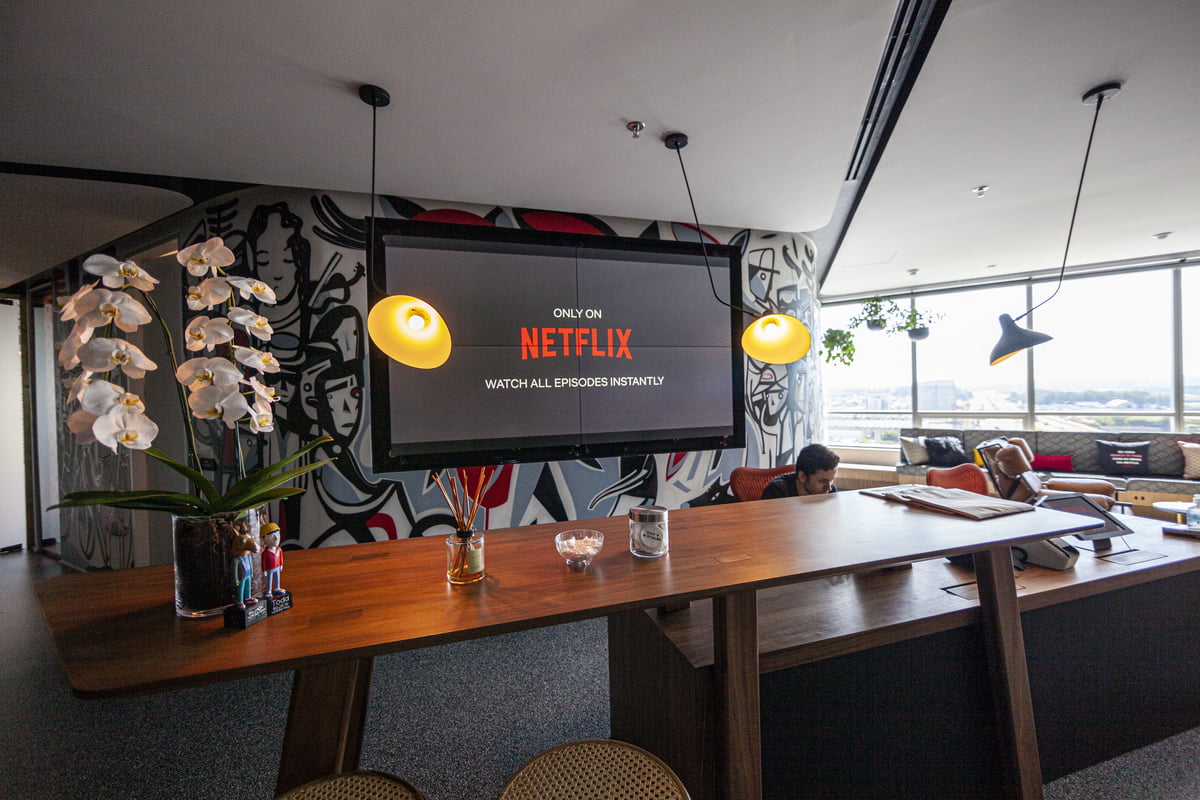Netflix Faces Headwind on User Acquisition Across Multiple Markets
Netflix, in its letter to shareholders on Tuesday, highlighted that its paid user base at the end of its second-quarter was “slightly ahead” of its forecast of 10 lakhs user additions in the quarter. “In Q2, when things tightened up a little bit, say in Brazil or India, we did see some increase in the acquisition,” Neumann said in the earnings call. However, the company said that the COVID pandemic has “created some lumpiness" in its user growth as the company recorded “higher growth in 2020” and a “slower growth” in the current year. Further, Neumann said that Netflix witnessed a “bit of a headwind on acquisition”, specifically in “most” of Europe, the Middle East and Africa (EMEA) and also the United States and Canada (UCAN) regions. “The one thing we do see with COVID is we don’t see the big spikes that we saw in terms of engagement or acquisition or trend that we saw in the very early days of the pandemic,” Neumann said. “But on the margin, the acquisition is impacted.” Crucially, Neumann said that the user acquisition would “hopefully” reaccelerate towards late 2021 due to its “strong release schedule as well as peak seasonality.” Netflix has forecasted 35 lakh paid user additions for the third quarter of its current fiscal year as compared to 22 lakhs that the company recorded in its previous year quarter. Reed Hastings, Co-CEO at Netflix, in the earnings call on Tuesday, said that it “seems pretty unlikely” that internet streaming would slow down. “Internet streaming has been amazingly consistent, prolific,” Hastings said. “As you get new competition in, you get validation, more reasons to get a smart TV or limited broadband. So, I think, for at least the next several years, the growth story of streaming as a whole is very intact.” Further, Neumann said that the company has “roughly 20% penetrated in broadband homes” and that there are over 90 crore broadband or PayTV homes outside of China.
Netflix Gaming Set to Be Available for No “Additional Cost”
In early July, it emerged that Netflix has hired Mike Verdu, former Facebook and Electronic Arts executive, to lead its gaming push. The company, in its letter to shareholders, said that it sees “gaming as another new content category,” identical to its “expansion into original films, animation and unscripted TV.” “Games will be included in members’ Netflix subscription at no additional cost similar to films and series,” Netflix said in its letter to shareholders. “Initially, we’ll be primarily focused on games for mobile device.” Greg Peters, chief product officer at Netflix, said that the company thinks it has an “opportunity to add games” to its existing offering and “deliver more entertainment value” to its users. “It’s a multiyear effort,” Peters said in the earnings call. “We’re going to start relatively small, we’ll learn, we’ll grow where we focus our investment based on what we see is working, and we’ll just continuously improve based on what our members are telling us is working.” Peters said that Netflix could offer a gaming portfolio “that is differentiated from what’s out there already” as it is in the “business of making these amazing worlds and great storylines and incredible characters.” The chief product officer at Netflix said that the company knows its “fans of those stories want to go deeper” and that “they want to engage further.” “We don’t have to think about ads, we don’t have to think about in-game purchases or other monetization, we don’t think about per title purchases,” Peters said. “Really, we can do what we’ve been doing on the movie and series side, which is just stay laser-focused on delivering the most entertaining game experiences that we can.” Peters said that the mobile devices will be a “primary focus” for games as “it’s very mature” and that it’s got “great enabling technology, tools” and also a “great developer community.” “The vast majority of our members have phones that are capable of great gameplay experiences, which sort of checks all of those boxes,” Peters said. “But ultimately, we see all of the devices that we currently serve as candidates for some kind of game experience.”
